How to Distinguish a Diamond From Phianite, and Phianite From Zircon
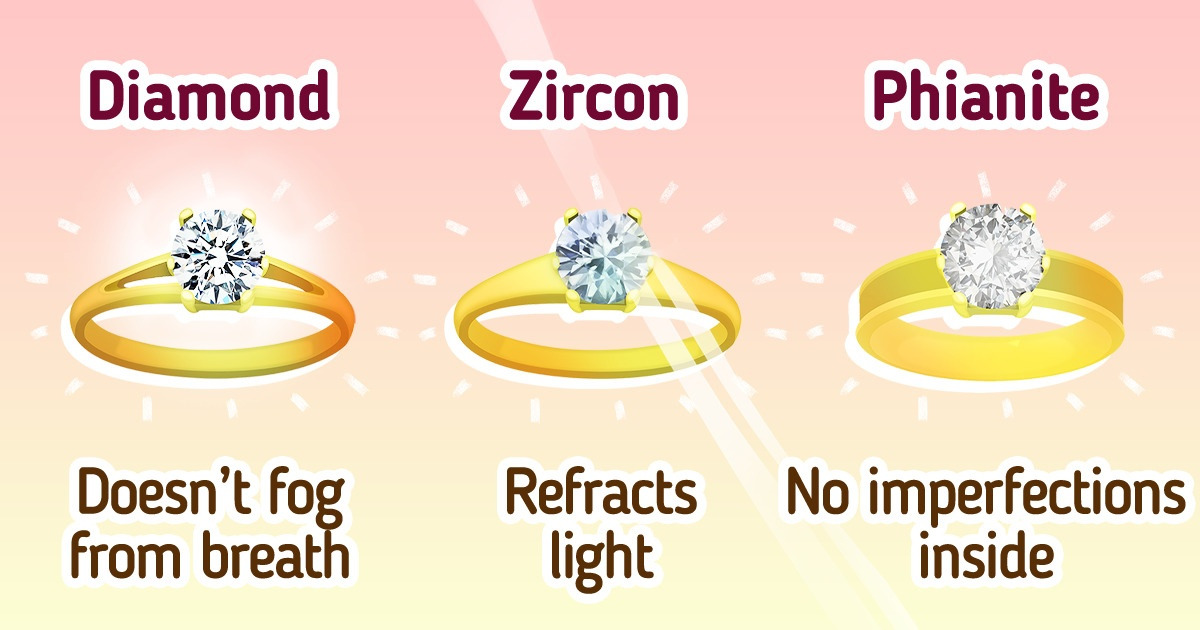
Mankind has been fond of jewelry for thousands of years, not only because it was made from gold and silver, but also because of the beauty of precious stones. One of the most popular minerals used in jewelry is diamond, as well as zircon and cubic zirconia (phianite). Despite the fact that these are different stones, they look very much like each other.
5-Minute Crafts would like to help you figure out how to distinguish these 3 stones.
Diamond
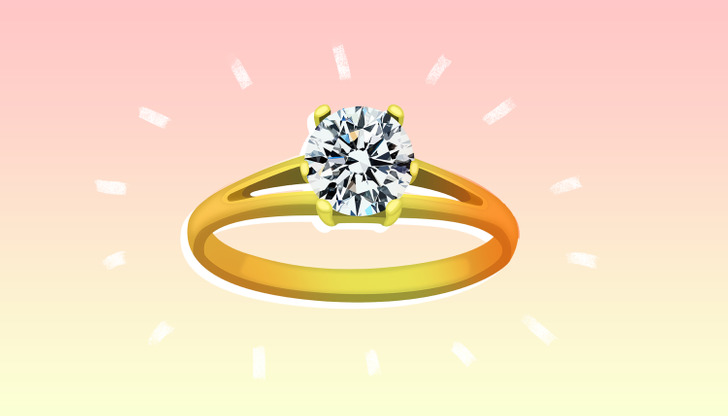
This precious stone became so popular thanks to its exceptional beauty and brilliance, as well as its hardness because diamond is the hardest mineral on the planet. A diamond in everyday life can be scratched and damaged only by another diamond, so it retains its brilliance for a very long time. Diamonds can be not only clear but also yellow, brownish, pink, blue, and even black. The cut is important as well — a diamond can show all its beauty only with high-quality processing and proper cutting.
Zircon
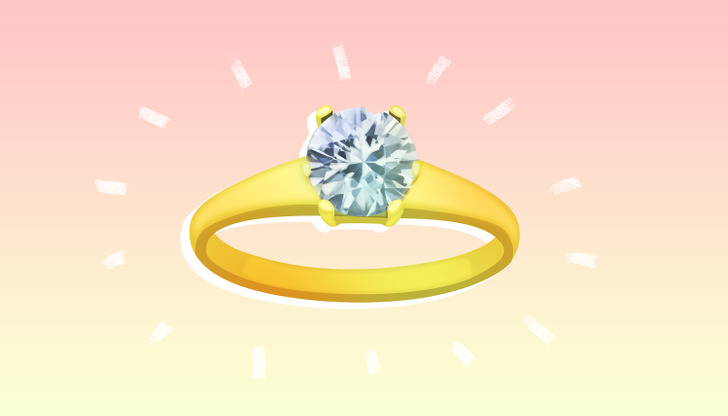
Zircon is a semi-precious stone that looks like a diamond. However, despite its brightness and high refractive index, zircon isn’t as brilliant as a diamond. Unlike other gemstones, zircon can lose its natural color after prolonged exposure to bright sunlight. Zircon is usually clear, but it can also be red, blue, violet, green, or orange.
Phianite
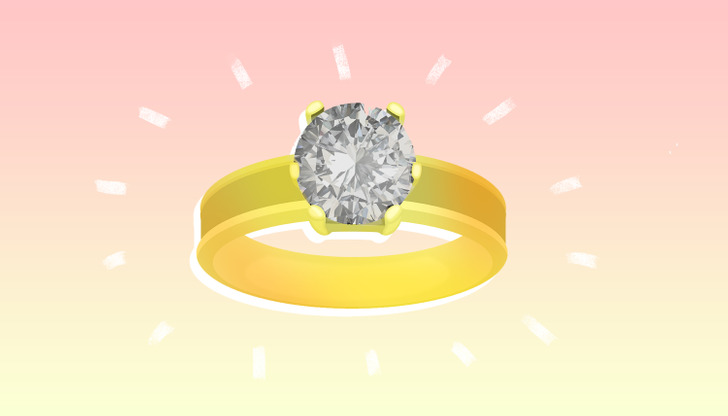
Phianite, or cubic zirconia, is an artificial stone, zirconium dioxide. Phianite also looks like a diamond — it has a wonderful white color and beautiful brilliance, but phianites are much cheaper than diamonds. They have 2 significant drawbacks: low hardness, due to which the stone loses its shine, scratches, and chips; and a relatively low refractive index, so light can often be seen through faceted phianite. A well-cut diamond doesn’t allow light to pass through, providing full internal reflection.
How to distinguish them from each other
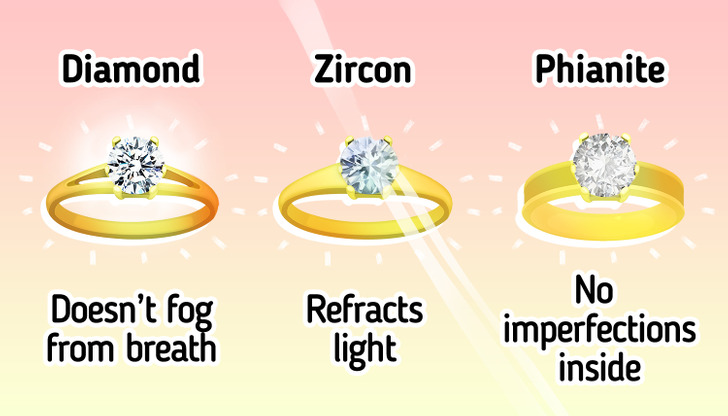
- There are a few methods to distinguish a diamond from other gemstones, like the fog test, for example. Bring the stone to your mouth and breathe on it. The surface will hardly fog up from the heat of your breath, as diamonds have a very high thermal conductivity, and the fog will dissipate almost immediately if the stone is real. If it takes at least a few seconds for this to happen, then you hold a fake. Another method is called the dot test. Draw a dot on a flat white surface. Put a stone on it, flat side down, and look through the pointed side at the dot. If you see it, then the stone is not real. It’s impossible to see or read anything through a real diamond.
- Phianite is a synthetic stone, and it often doesn’t have any inclusions or imperfections, while stones of natural origin, like diamond or zircon, are more likely to have at least some foreign particles inside.
- Zircon looks like phianite, but it’s much more expensive, as zircon is a natural mineral. Therefore, if the price of an item is impressive and the seller claims that it’s because of the stone, then you most likely have a natural zircon, not a phianite. The main difference between zircon and a diamond is that it refracts a ray of light passing through it into 2 rays, while a diamond does not.